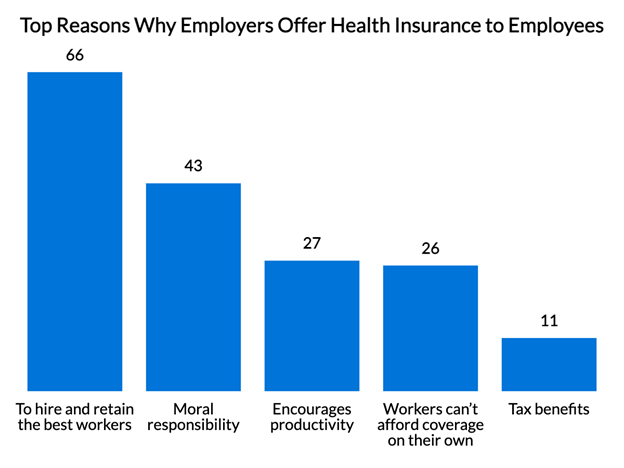A Biased View of Medicare Advantage Agent
A Biased View of Medicare Advantage Agent
Blog Article
A Biased View of Medicare Advantage Agent
Table of ContentsExcitement About Medicare Advantage AgentThe Definitive Guide for Medicare Advantage AgentMedicare Advantage Agent Can Be Fun For Everyone

adheres to from perplexing the fairly young age profile of the without insurance with the better health, generally, of more youthful individuals. This covers the link between wellness standing and medical insurance. For those without accessibility to office medical insurance, inadequate health and wellness is a potential barrier to buying nongroup protection since such insurance coverage might be extremely valued, omit pre-existing conditions, or be just not available. The number of uninsured Americans is not particularly huge and has not altered over the last few years. 7 out of 10 participants in an across the country representative survey thought that fewer Americans did not have wellness insurance coverage than actually do(Fronstin, 1998). Approximately half(47 percent )believed that the variety of individuals without medical insurance lowered or stayed constant over the last fifty percent of the last decade(Blendon et al., 1999). This decline of practically 2 million in the number of individuals 'without insurance coverage (a decrease
of about 4 percent)is absolutely a positive adjustment. With a softer economic climate in 2000 the most recent reported gains in insurance policy protection might not continue(Fronstin, 2001 ). The decrease in the number of uninsured will certainly not proceed if the economic climate remains slow and wellness treatment prices continue to outpace inflation. This is because the data were collected for a period of strong economic efficiency. Of the estimated 42 million individuals that were uninsured, all yet concerning 420,000(regarding 1 percent)were under 65 years old, the age at which most Americans come to be eligible for Medicare; 32 million were grownups in between ages 18 and 65, around 19 percent of all grownups in this age team; and 10 million were children under 18 years old, concerning 13.9 percent of all kids (Mills, 2000). These price quotes of the variety of individuals without insurance are created from the yearly March Supplement to the Present Populace Study (CPS), conducted by the Demographics Bureau. Unless otherwise noted, nationwide price quotes of individuals without health insurance and percentages of the population with various type of coverage are based upon the CPS, the most commonly used source of price quotes of insurance protection and uninsurance rates. These surveys and the estimates they yield are explained briefly in Table B. 1 in Appendix B - Medicare Advantage Agent. These studies vary in size and tasting approaches, the questions that are inquired about insurance coverage
The Best Strategy To Use For Medicare Advantage Agent
protection, and the moment duration over which insurance policy coverage or uninsurance is gauged(Lewis et al., 1998, Fronstin, 2000a ). Still, the CPS is specifically useful since it produces yearly price quotes relatively promptly, reporting the previous year's insurance policy coverage estimates each September, and because it is the basis for a constant collection of estimates for more than two decades, permitting analysis of patterns in protection gradually.
:max_bytes(150000):strip_icc()/types-of-employee-benefits-and-perks-2060433-Final-edit-60cedb43c4014fdeb51aa3cd3c25f027.jpg)
Some Known Questions About Medicare Advantage Agent.
The connection in between health insurance and access to care is well developed, as recorded later on in this chapter. The partnership between wellness insurance policy and health and wellness results is neither direct neither easy, a considerable professional and health and wellness solutions research study literature web links health insurance policy coverage
to improved access accessibility care, better qualityHigh quality and improved enhanced individual population health statusStanding The second record, on individual health and wellness outcomes for without insurance adults, is represented by the innermost circle of the figure, while the third report, on family members well-being, encompasses the subjects of the second record but emphasizes a various system of analysis, specifically, the family.
The independent and direct result of wellness
insurance insurance policy protection access to health health and wellness solutions well establishedDeveloped For still others, wellness insurance coverage alone does not ensure receipt of care due to the fact that of various other nonfinancial obstacles, such as a lack of health treatment web carriers in their community, minimal access to transportation, illiteracy, or etymological and social distinctions. An adjustment in insurance policy costs or terms, as well as adjustments in income, wellness, marital status, terms of work, or public policies, can cause a loss or gain of health and wellness insurance coverage.
Report this page